#fall honey bees
Explore tagged Tumblr posts
Text
Sharing Can Often Be a Great Thing
Crescent and Bee Last week on my way home I discovered a beautiful climbing aster bush on the banks of the Wacassassa River. When I stopped to take some photos of it, I realized that not only was it loaded with flowers, but those flowers were loaded with pollinators. There were tons of bees and wasps, which I expected, but I was surprised to discover quite a few butterflies, too. It’s getting…
#brushfooted butterflies#butterfly photographs#butterfly photography#climbing asters#colorful butterflies#fall asters#fall butterflies#fall honey bees#honey bee photographs#honey bee photography#honey bees#honey bees on flowers#pearl crescent#pearl crescent butterfly#pink asters#western honey bees#wildflower photographs#wildflower photography#wildflowers#wildflowers with pollinators
0 notes
Text

Some more of that redesign


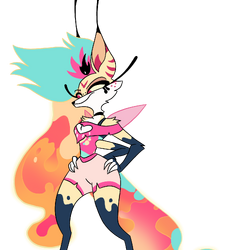
Canon design jumpscare
#The main idea behind it is how can I make it 'gluttonous' without making her fat#because people like it that she's not 'stereotypical' and I wanted to play with that idea a bit#so. instead of a canine (consumer) I made her as a bee (producer) so she can make others fall for her sin#her nectar/honey would be addictive enough for people to start craving more and more#She is a bee-creature and everything she consumes help her create honey/nectar to help 'feed' others gluttonous needs. that's the main idea#helluva boss#redesign#helluva boss redesign#queen bee#helluva boss beelzebub#art#fanart#traditional art#she'd also sell the nectar.#also 'bees' are considered harmless so that can play into the 'deceiving' nature of her sin#helluva boss critical#helluva boss criticism#her original design doesn't show us anything about her and it's pretty much a waste of a cool design
89 notes
·
View notes
Text


Busy mums
#nature#photography#nature photography#flowers#floral#naturecore#fall#fall flowers#garden mum#mums#pink flowers#bees#busy bee#honey bees#honey bee
102 notes
·
View notes
Text

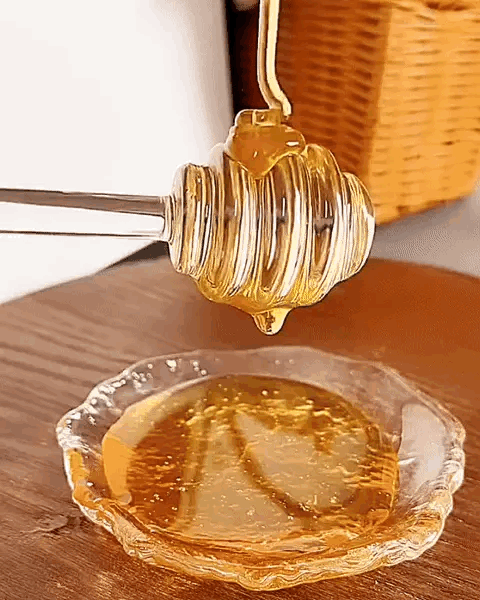

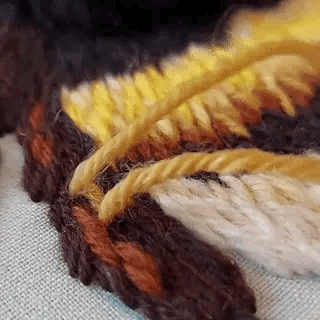
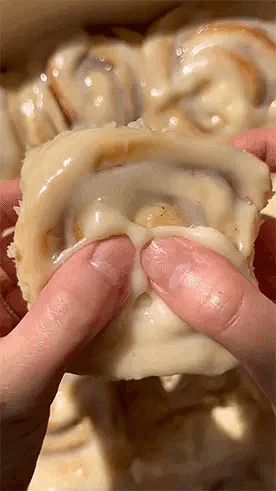



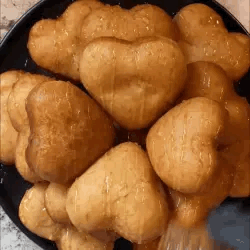
4. A cute name you like to be called
Honeybun
x/x/x x/x/x x/x/x
#squishyvalentine#honeybun#fall#autumn#cozy#food#honey#honeycomb#bread#baking#sweets#sweaters#embroidery#bees#hearts#yellow#beige#brown#orange#stimblr#sensory#my stimboards
37 notes
·
View notes
Text


daya catching bosco gifs for honey bee @urmomsfavelesbian ❤️
#daya :sob: she is a pillar of strength and stability and she'll always catch boscy before boscy even realizes she's falling. goodfucking bye#creds to tumbl user @iwillbestronger and also honey bee#the two different angles are each extremely important in many different ways#dayasco
138 notes
·
View notes
Text

I’ll follow the sun
#photo of the day#photography#sunflower#sunflower photography#flower photography#honey bee#pollinators#insect photography#bugs are cool#nature photography#nj in bloom#wild nj#nikon photography#nikon d5600#tamron#Holland Ridge Farms#Cream Ridge NJ#fall 2024
33 notes
·
View notes
Text

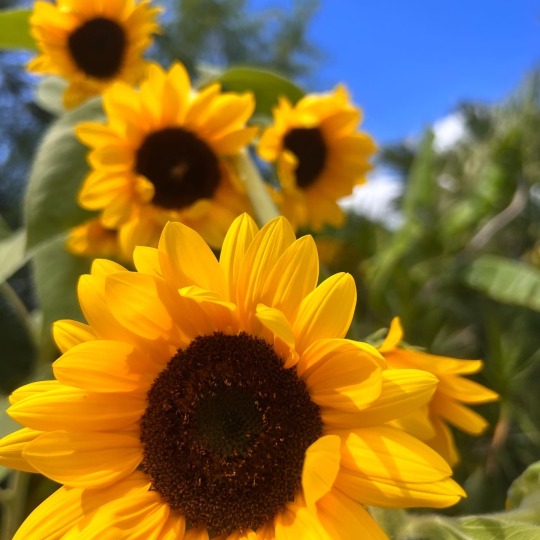
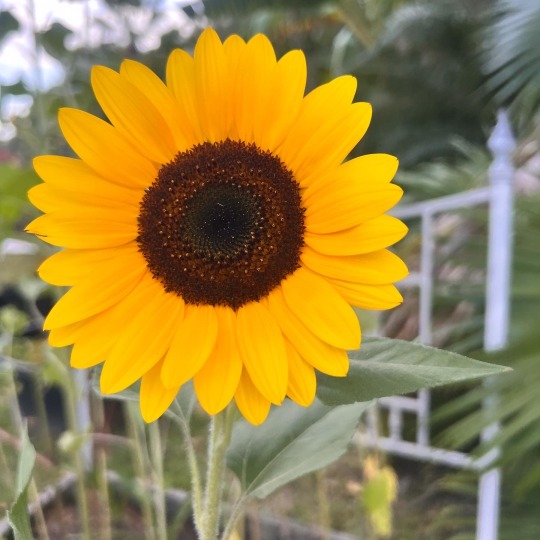
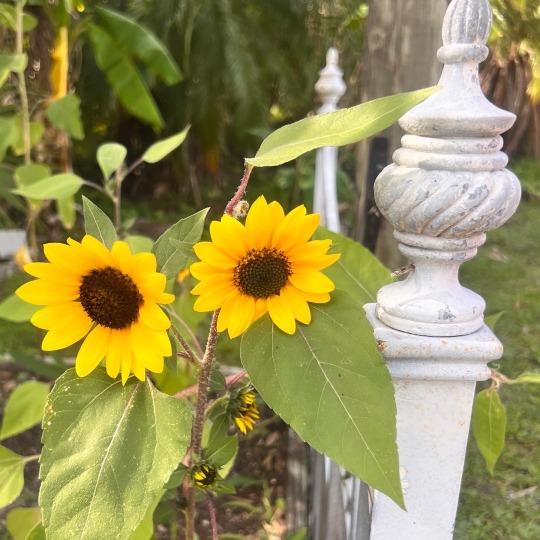
🌻💛 🐝
#sunflower field#aestheitcs#my photos#my photgraphy#sunflower seeds#sunflower#sunflowers#honey bee#fallfestival#fall flowers#fall vibes#yellow aesthetic#yellow flowers#sunny
33 notes
·
View notes
Text
Busy Bees 🐝
working diligently through a patch of New England Aster🌼
Millennium Park (Kent Trails), MI.
ChrisFoliage
#fall#bees#autumn#honey bees#flowers#foliage#nature#plants#plant aesthetic#cant wait for spring#outdoors
21 notes
·
View notes
Text

Avon Autumn Harvest Honeycomb Lip Balm
Fall 2003
Found on Ebay, user Sweet0733
#avon#avon lip balm#autumn harvest#honeycomb#honeycomb lip balm#2003#fall#autumn#early 2000s avon#honey#bees
8 notes
·
View notes
Text
Honey Bees are Among the Beautiful Fall Pollinators That Love Tamarisk
Honey Bees are Among the Beautiful Fall Pollinators That Love Tamarisk shows a honey bee flying into a bunch of tamarisk flowers. Honey bees were among a plethora of insects enjoying and pollinating the flowers.
In Coming Recently, when I went out for a hike, I found this wonderful patch of tamarisk flowers not far from my house. It was loaded with pollinators of all sizes and shapes. I could probably have spent the entire day right there just shooting pics of wasps, bees, and all manner of other insects. Among the insects that the flowers had attracted were quite a few honey bees (Apis mellifera). They…
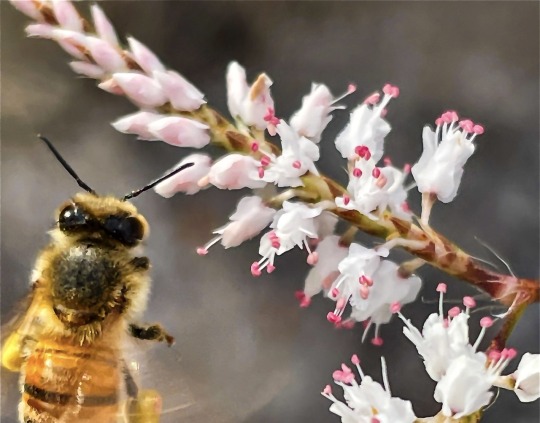
View On WordPress
#bee photographs#bee photography#bees#colorful flowers#colorful honeybees#fall bees#fall flowers#fall honey bees#Florida bees#Florida honeybees#flower photographs#flower photography#flowers with bees#honey bee photographs#honey bees in flight#honey bees with flowers#honeybees#photography#pink and white flowers#tamarisk#tamarisk flowers
0 notes
Text
Guys, guys, guys, i recently learned THIS was animated in Japan:


I ALWAYS THOUGHT IT WAS A GERMAN PRODUCTION!!!
and guess what IT´S NOT THE ONLY ONE!!!!


#the heck#heidi girl of the alps#Vicky the Viking#Maya the Honey Bee#Heidi#Vicky und die starken Männer#Biene Maya#i was tricked#bamboozled#taken for a fool#reality is falling apart around me#losing my mind
8 notes
·
View notes
Text

Fuzzy cosmos
#nature#photography#nature photography#flowers#floral#naturecore#fall#fall flowers#pink flowers#garden cosmos#cosmos#honey bees#pollinators
112 notes
·
View notes
Text

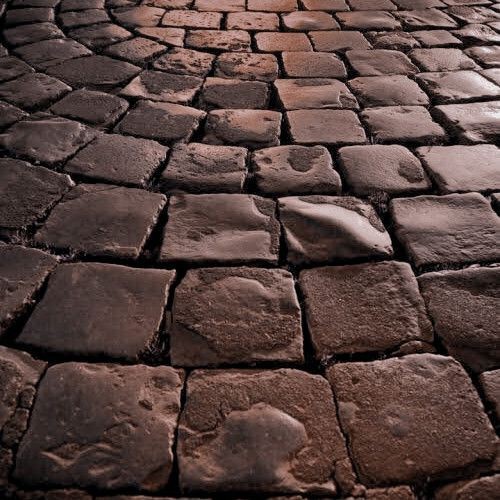
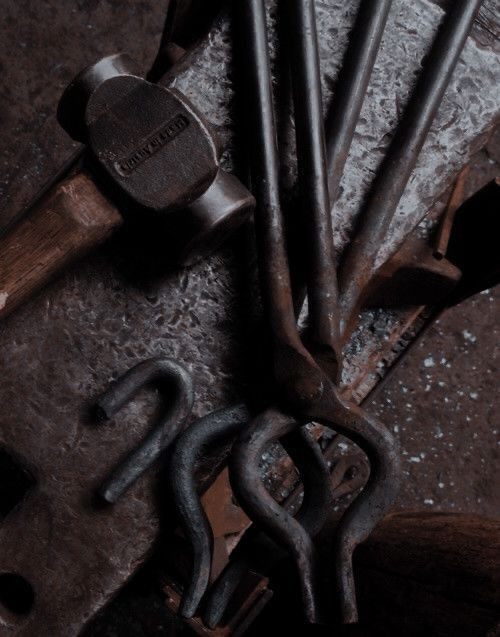
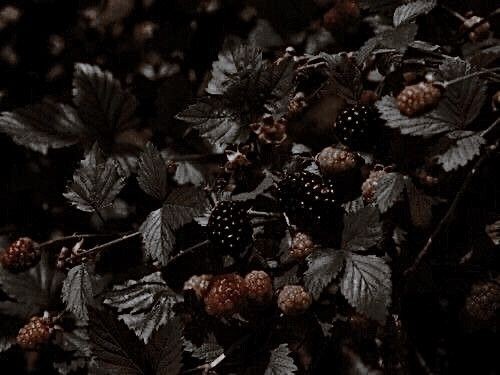
#harvest#harvest moon#dark harvest#golden harvest#honeycore#honey#bees#save the bees#natural stones#stone path#berries#sweet bee#berries and cream#harvest time#aesthetics#moodboard#autumn mood#aesthetic moodboard#autumn moodboard#cottagecore moodboards#dark moodboard#fall moodboard#fall mood#moodboard aesthetic#moodboards#my moodboard#current mood
5 notes
·
View notes
Text

#my photography#fall#photography#autumn#photographers on tumblr#Sunflower#sunflowers#bee#bees#honey bee#cottagecore#farmcore
6 notes
·
View notes
Text
All about honey 🍯
Since fall is starting, the weather is getting cold, and we find ourselves reaching for a warm cup of tea with a little bit of honey. Honey provides the perfect touch of natural sweetness to many of our foods. But honey is more than that, honey has been valued for centuries, not only for its natural sweetness but also for its medicinal properties, so let's talk about the types of honey, their benefits, and how to incorporate honey into our meals.
Before we get into the main topic, let's make one thing clear. HOW IS HONEY MADE? First, bees collect nectar from flowers and store it in a specific part of their stomach (honey sacs). They carry it back to their hives and mix the nectar with an enzyme called invertase, the enzyme breaks down into simpler sugars, like glucose. This bee continues to process the nectar with more enzymes, further breaking down the sugars, until it is deposited into a honeycomb cell. The nectar is still too watery at this stage to be honey. So, bees fan their wings over the honeycomb, evaporating the moisture until it is about 18%, making honey a sole food that never expires. Now that we know where the honey came from, let's dive into the kinds of honey we will be talking about.
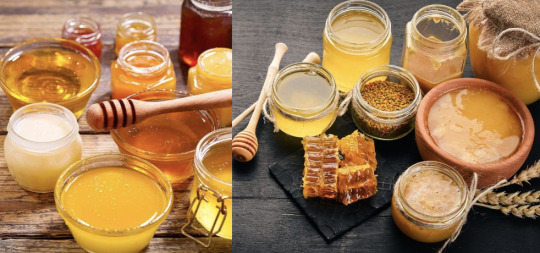
1. Manuka honey Manuka honey is produced in New Zealand, from the Manuka bush. This honey is thicker, darker, and creamier, with a bit of a nutty aroma compared to regular honey. It's known for its antibacterial and anti-inflammatory properties and contains high levels of methylglyoxal, which makes it effective for wound healing, soothing sore throats, and boosting your immune system. In my opinion, Manuka honey is the best for tea and is the perfect natural candy.
2. Acacia honey Acacia honey is sourced from blossoms of the Black Locust in North America and Europe. This honey has a light color and has a floral flavour. It's known for its low sucrose level, meaning a lower glycemic index, which is suitable for people with diabetes. In addition, supports liver cleansing, possesses anti-inflammatory and antioxidant properties, benefiting gut health. It acts as the perfect sweetener in yogurt or drizzled-over fruit.
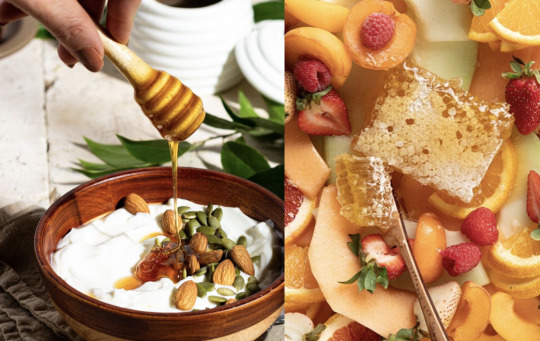
3. Sourwood honey Sourwood honey comes from the sourwood trees in the Appalachian Mountains, spanning from Southern Pennsylvania to Northern Georgia. The honey has a light amber color and offers a rich, buttery, and caramel-like taste. Sourwood Honey possesses antibacterial properties. Additionally, it provides relief from allergies and is a good natural energy source. You could use it for marination and baking, its caramel taste works perfectly in fall desserts like apple pie, and it also tastes wonderful drizzled over cheese.
4. Linden honey Linden honey comes from Linden trees, which can be found worldwide. It has a pale yellow color, and it tastes delicate and extremely fresh, due to the minty and citrus flavor profile. Apart from the antioxidants, it offers calming properties, and a natural remedy for stress, anxiety, and insomnia. Making it the perfect late-night tea sweetener, especially for chamomile and green tea. The tangy and floral taste also adds depth to savory dishes.
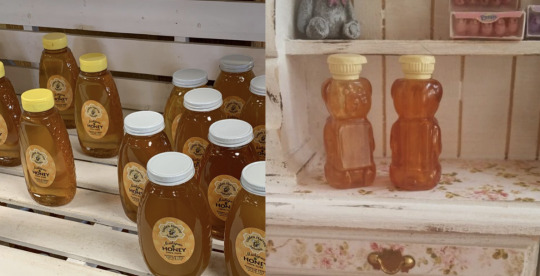
5. Posion oak honey Poison oak honey is one of the lesser-known and unique honey and is sourced from the nectar of the poison oak plant, which grows in the western USA and parts of Mexico. The honey is very dark in color, almost black. It's incredibly thick and can taste like molasses or barbecue sauce. The honey is known to effectively treat allergies but could be deadly to people who have a poison oak allergy. It is often used for barbecues to glaze meat to add sweetness, Caution is advised, most people are allergic to poison oak.
Apart from the types of honey mentioned, people have been adventuring with infused honey. Infused honey is made by adding herbs and spices to honey and letting it sit and marinate until the flavour is pungent. Some common types are ginger honey, perfect for ginger tea, and hot honey, perfect for adding some sweet and spicy flavour to a savory dish. Overall, honey is widely used in our lives, from enhancing meals to boosting our health. You could incorporate honey in so many different ways, whether it's your kitchen pantry or your wellness routine.
#food#foodie#foodscience#health and wellness#nutrition#honey#manuka honey#fall#fall vibes#bees#honey talks#nature#natural sweeteners#tea time#tea lover
2 notes
·
View notes
Text

It’s the bees knees AND proboscis.
#photo of the day#photography#western honey bee#honey bee#insect photography#bugs are cool#sunflower photography#macro photography#flower photography#nature photography#nj in bloom#wild nj#nikon photography#nikon d5600#tamron#Holland Ridge Farms#Cream Ridge NJ#fall 2024
17 notes
·
View notes